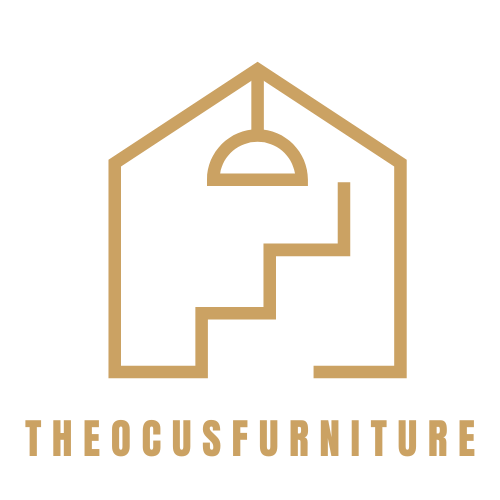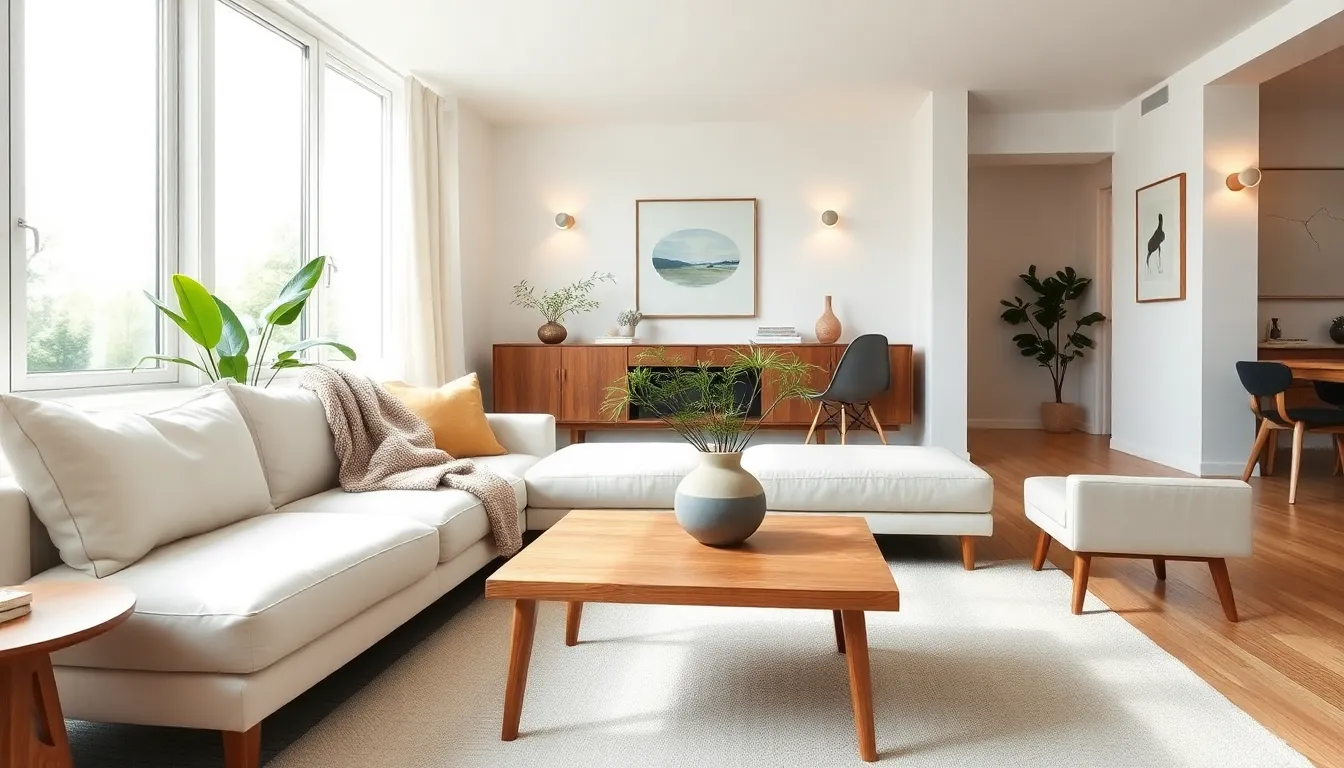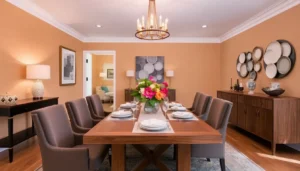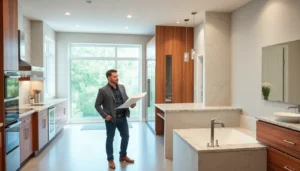Have you ever walked into a room and thought, “Wow, this is just perfect.”? That’s the magic of Danish interior design. Combining functionality with breathtaking aesthetics, this style can transform any space into a serene sanctuary. Picture this: minimalist lines, natural materials, and a cozy atmosphere that invites you to kick up your feet. Whether you’re an experienced designer or just eager to spice up your living space, let’s explore what makes Danish design so irresistibly charming.
Table of Contents
ToggleWhat Is Danish Interior Design?

Danish interior design is more than just a style: it’s a philosophy that chases simplicity, functionality, and a sense of warmth. Originating in Denmark, it emphasizes clean lines and a minimalistic approach, focusing on quality over quantity. Designers aim to create spaces that feel both modern and cozy, inviting those who enter to relax and feel at home. It’s like bringing a piece of Scandinavian nature indoors, where every item serves a purpose, and aesthetics play a crucial role. The result? Spaces that are not only stylish but also highly livable.
Key Characteristics of Danish Interior Design
Several distinct features define Danish interior design, making it stand out from other styles. Let’s take a closer look:
- Minimalism: Less is more in Danish design, where clutter is banished and clean lines rule the roost.
- Natural Materials: Think wood, leather, and linen that bring warmth and texture to spaces, creating an organic feel.
- Neutral Color Palette: Soft whites, grays, and earthy tones dominate, promoting a calm ambiance.
- Functionality: Every piece of furniture is designed with practicality in mind, ensuring it serves a purpose while looking stunning.
- Cozy Atmosphere: The Scandinavian concept of “hygge” translates to coziness, which is key in Danish interiors.
- Innovative Lighting: Use of natural light combined with creative lighting solutions enhances the overall aesthetic.
Historical Context of Danish Interior Design
Danish interior design didn’t just pop up overnight. Its roots can be traced back to the early 20th century when architects and designers began to incorporate modernist principles. The aftermath of World War II saw a significant shift. There was a need for functional furniture that was accessible to the masses.
This led to the rise of iconic designers like Hans J. Wegner and Arne Jacobsen, whose work epitomized the blend of modernism and traditional craftsmanship.
Throughout the decades, Danish design has evolved but remained true to its principles. The focus on simplicity and usability remains today, continuously influencing global trends.
Incorporating Danish Design Principles in Your Home
Interested in infusing your home with Danish design vibes? Here are practical tips to get you started:
- Declutter: Begin by removing unnecessary items. Give your space room to breathe.
- Choose Quality over Quantity: Invest in fewer, high-quality pieces rather than filling your space with trinkets.
- Natural Materials: Opt for wood furniture, wool throws, and cotton curtains to enhance warmth.
- Neutral Colors: Stick to a soothing color palette that promotes tranquility. Think creams, taupes, and muted pastels.
- Smart Lighting: Make the most of natural light, and complement it with soft, warm lamps for those cozy evenings.
- Create Cozy Nooks: Create inviting areas with comfortable seating where you can unwind with a good book.
Popular Danish Furniture Brands and Designers
When it comes to Danish interior design, several brands and designers have carved their names in history. Here are some highlights:
- Fritz Hansen: Renowned for its iconic chairs, like the Egg and Swan, Fritz Hansen merges innovation with timeless design.
- HAY: A contemporary brand that offers functional and aesthetically pleasing furniture and accessories.
- Muuto: Known for its modern take on Danish design, Muuto provides fresh interpretations of classic pieces.
- Bolia: Focusing on sustainability, Bolia prioritizes environmentally-friendly materials seamlessly woven into stylish designs.
- Hans J. Wegner: As a central figure in Danish modern design, his work continues to influence designers around the globe.
These brands not only encapsulate Danish principles but also keep the legacy alive.
Sustainable Practices in Danish Interior Design
Sustainability is a cornerstone of Danish design culture. The focus on responsible sourcing, quality craftsmanship, and timeless aesthetics fosters a conscious consumption approach. Here are key sustainable practices:
- Use of Recycled Materials: Brands are increasingly incorporating recycled materials into their designs, reducing environmental impact.
- Durability: Quality is prioritized, ensuring furniture lasts for generations, which also prevents the need for constant replacements.
- Local Production: Many designers and brands opt for local production to minimize transportation and associated emissions.
- Eco-friendly Certifications: Look for certifications that guarantee sustainable practices and ethical production methods.
By embracing these principles, Danish interior design not only creates beautiful spaces but also promotes a better future for our planet.




